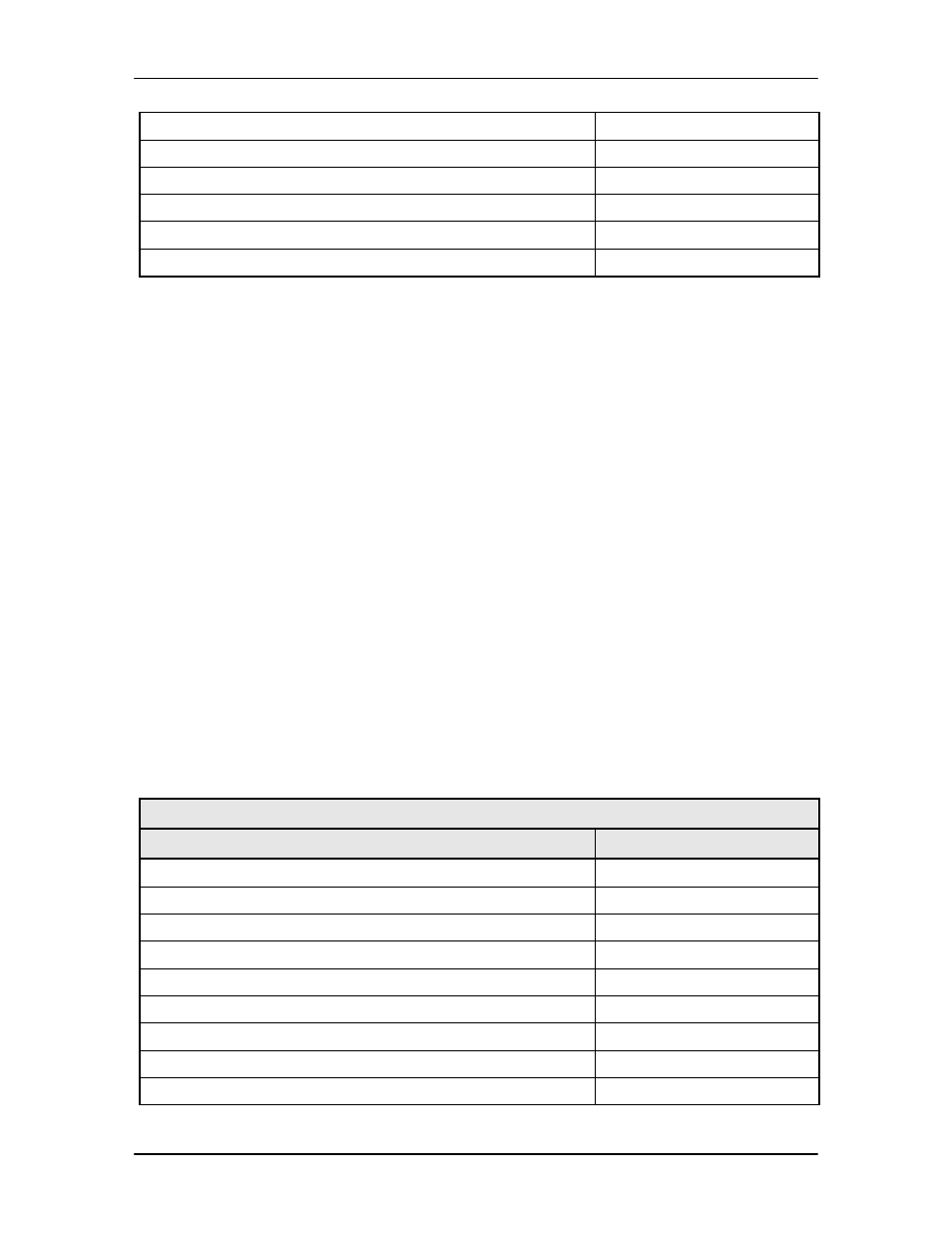5 collision avoidance -36 – Comtech EF Data MM200 User Manual
Page 60

User Interfaces
MM200 High-Speed Microwave Modem
4-36
TM086 - Rev. 4.1
REMOTE_SYMBOLRATE_PERCHANNEL_LO_ERROR
0x0235
REMOTE_SYMBOLRATE_PERCHANNEL_HI_ERROR
0x0236
REMOTE_NOTCOMPATIBLE_ERROR
0x0237
REMOTE_MM200_IN_REPEATER_MODE_ERROR
0x0238
REMOTE_DIVERSITY_ERROR
0x023A
REMOTE_CLEARBER_ERROR
0x023B
4.5.5 Collision Avoidance
When properly implemented, the physical and logical devices and ID addressing scheme of the
COMMSPEC normally precludes message packet contention on the control bus. The importance
of designating unique IDs for each device during station configuration cannot be overemphasized.
One pitfall, which is often overlooked, concerns multi - drop override IDs. All too often, multiple
devices of the same type are assigned in a direct - linked "single - thread" configuration
accessible to the M&C computer directly. For example, if two MM200 Modems with different
addresses DESTINATION IDs are linked to the same control bus at the same hierarchical level,
both will attempt to respond to the M&C computer when the computer generates a multi - drop
override ID of 1. If their actual setup parameters, status, or internal timing differs, they will both
attempt to respond to the override simultaneously with different information, or asynchronously in
their respective message packets and response packets, causing a collision on the serial control
bus.
To preclude control bus data contention, different IDs must always be assigned to the equipment.
If two or more devices are configured for direct - linked operation, then the M&C computer and all
other devices configured in the same manner must be programmed to inhibit broadcast of the
corresponding multi - drop override ID.
The multi - drop override ID is always accepted by devices of the same type on a common control
bus, independent of the actual DESTINATION ID. These override IDs with the exception of
“BROADCAST” are responded to by all directly linked devices of the same type causing
contention on the bus. The “BROADCAST” ID, on the other hand, is accepted by all equipment
but none of them returns a response packet to the remote M&C.
The following multi - drop override IDs are device - type specific, with the exception of
"BROADCAST". These are summarized below with ID values expressed in decimal notation:
Table 4-6. Broadcast IDs
Directly - Addressed Equipment
Multi - Drop Override ID
Broadcast all directly - linked devices
00
DMD - 3000/4000, 4500 or 5000 Mod Section, DMD15
01
DMD - 3000/4000, 4500 or 5000 Demod Section, DMD15
02
RCU - 340 1:1 Switch
03
RCS - 780 1:N Switch
04
RMUX - 340 Cross - Connect Multiplexer
05
CDS - 780 Clock Distribution System
06
SOM - 340 Second Order Multiplexer
07
DMD - 4500/5000 Modulator Section
08
